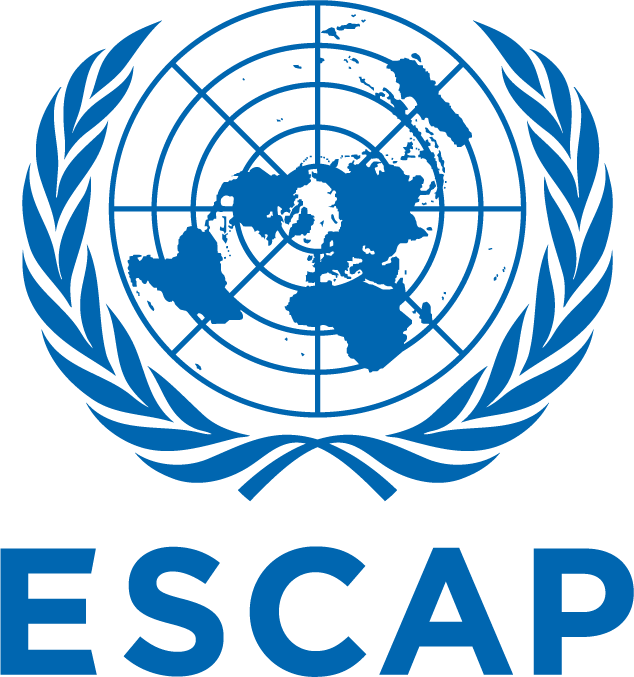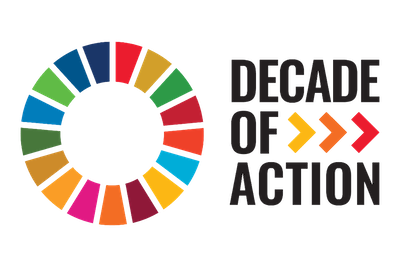ESCAP's approach to Impact-based Forecasting
An introduction to ESCAP’s approach to impact-based forecasting, combining information on hazards, exposure and vulnerability to identify potential impacts and support decision-making.
Seasonal outlook to socioeconoic Impact based forecasting
Impact-based forecasting signals an evolution from “what the weather will be” to “what the weather will do” and thus bridges the gaps between national weather services and the end users such as disaster risk management and development sector communities. It is a user-friendly way of communicating the climate risk information to support risk-informed and strategic decision-making for enhanced preparedness and in-season policy interventions.


